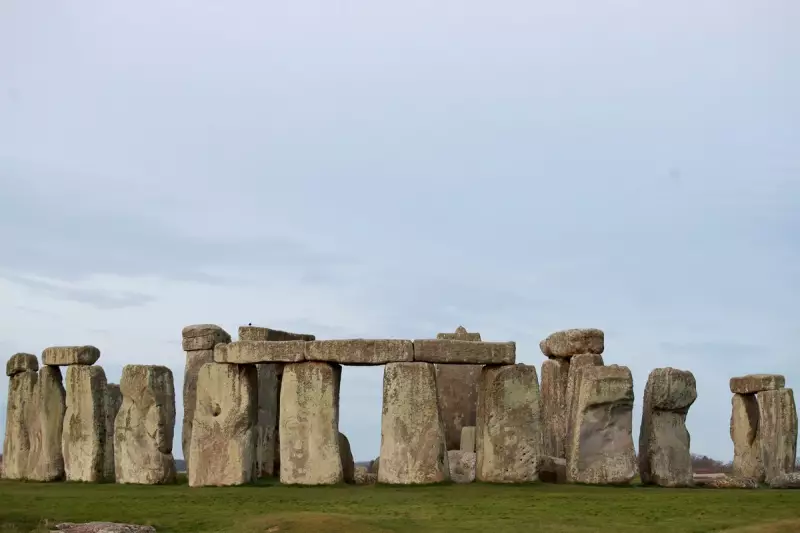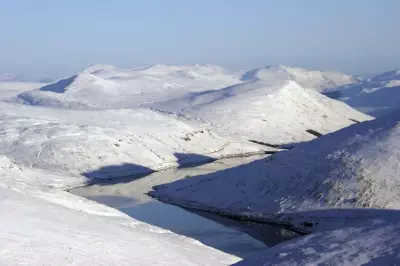
In a stunning archaeological breakthrough that rewrites British prehistory, researchers have finally solved one of Stonehenge's greatest mysteries: where its famous bluestones originally came from and how they journeyed to Salisbury Plain.
The revolutionary study, led by Professor Mike Parker Pearson from University College London, reveals that the smaller bluestones forming Stonehenge's inner circle were originally part of a massive stone circle in Wales's Preseli Hills. This ancient monument stood for centuries before being deliberately dismantled and transported 140 miles to its current location in Wiltshire.
The Welsh Connection
Archaeological evidence points to an extraordinary migration of Neolithic people from west Wales who brought their sacred monument with them around 3000 BC. 'This was not just stones moving—this was a whole community relocating with their most important spiritual symbol,' Professor Pearson explains.
The research team made their discovery by analysing chemical isotopes in animal bones and teeth found at both sites. The findings show that many of the animals buried at Stonehenge—particularly cattle—originated from western Britain, likely driving alongside the stone-laden sledges during the monumental journey.
Engineering Marvel of the Neolithic World
The transportation of these massive stones represents one of the most incredible engineering feats of prehistoric Europe. Each bluestone weighed 2-4 tons, and moving them required sophisticated knowledge of sledges, rollers, and possibly water transport.
'This wasn't a random act—it was a deliberate, carefully planned migration of people, livestock, and cultural symbols,' adds Professor Pearson. The research suggests the migrants may have been driven by changing climate conditions or territorial pressures in their Welsh homeland.
New Light on Ancient Britain
This discovery fundamentally changes our understanding of Neolithic Britain's cultural connections. The Preseli Hills weren't just a quarry—they were the heartland of a sophisticated culture that maintained its spiritual identity even as it relocated across the country.
The research, published in the journal Antiquity, combines cutting-edge scientific techniques with traditional archaeology to solve a mystery that has puzzled historians for centuries. As Professor Pearson concludes: 'We're finally seeing Stonehenge not as an isolated monument, but as part of a much larger story of movement and connection across ancient Britain.'





